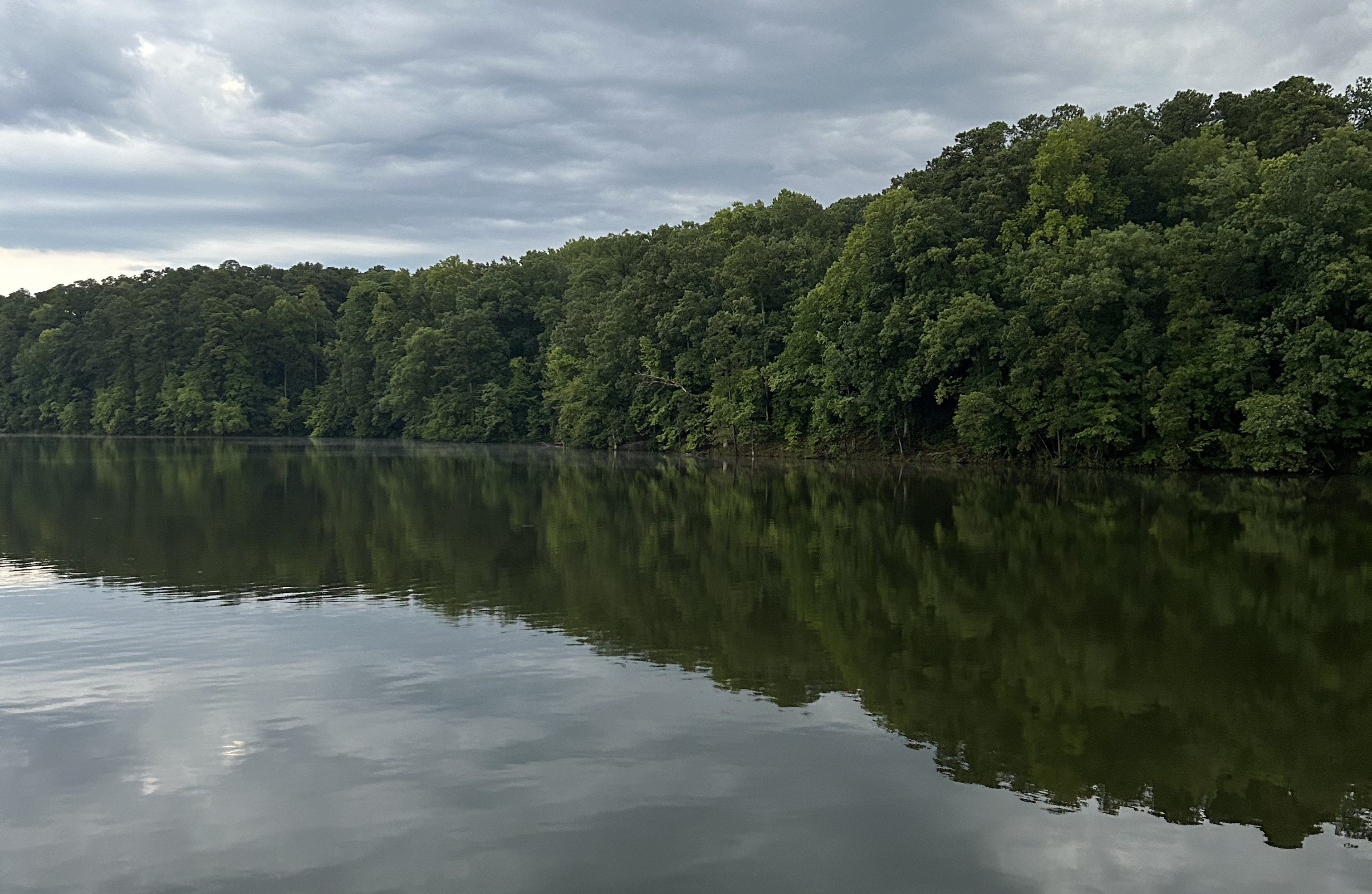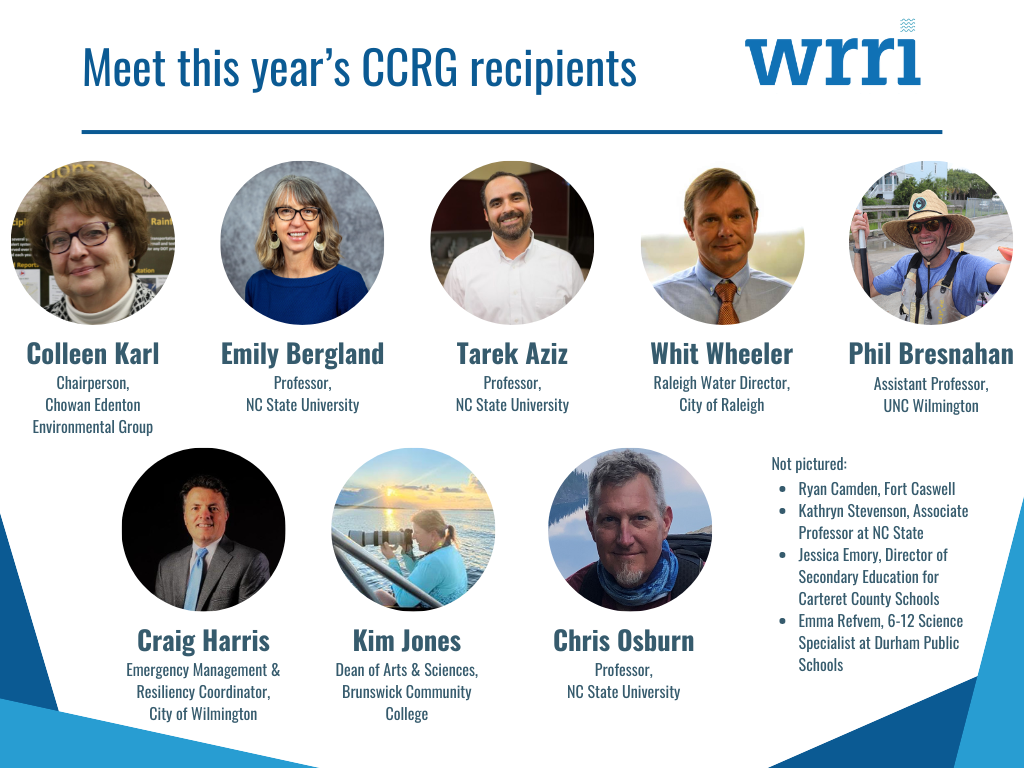Plastic from the Mountains to the Sea
Researchers and Community Members Join Forces on Plastic Pollution in North Carolina

From the Fall 2024 issue of Coastwatch:
From plastic trash along creeks and rivers, to microplastics in waterways — and in our bloodstreams — plastic pollution is present on every continent, including Antarctica.
As we reported in the Summer 2023 issue of Coastwatch, plastic pollution is significant in North Carolina, as samples from the Neuse River have shown. The river, which flows into the second-largest estuary in the country, carries both macroplastics (pieces of plastic trash and debris) and microplastics (small particles of plastic that can be ingested by aquatic life). In fact, an estimated 230 billion microplastic particles enter the Pamlico Sound from the Neuse River Basin each year.
Unlike other materials, plastic takes a long time to break down. Although some harmful effects of plastic pollution are obvious — think turtles caught in six-pack rings and whales ingesting plastic bags — others are less apparent.
As microplastics accumulate in an ecosystem, they contaminate the food chain and can affect aquatic life adversely. Ingested microplastics can impact humans when they consume marine animals like fish and shellfish. Research suggests that microplastics may correlate with cardiovascular issues, endocrine system disruption, and more.
Two new Community Collaborative Research Grant projects, one in the mountains of North Carolina and one on the coast, are measuring, studying, and raising awareness about plastic pollution. The Water Resources Research Institute (WRRI), North Carolina Sea Grant, and the Kenan Institute for Engineering, Technology, and Science (KIETS) designed the CCRG program to facilitate collaborative research between scientific experts and communities.
- Categories:


